What is Vermiculite?
Have you ever noticed how some potting mixes sparkle in the sun? That’s because they contain vermiculite, a soil amendment that helps with water retention, aeration and nutrient exchange. Vermiculite is a phyllosilicate mineral that is mined from rocks formed 1.5 to 3 billion years ago. Crude untreated vermiculite is used in a variety of industrial materials. The garden variety of vermiculite is called “exfoliated” vermiculite, which has been treated with extreme heat and pressure to force it to expand. This process creates a porous surface that is great for retaining moisture and nutrients. In the past, some vermiculites contained asbestos. However, those contaminated mines were shut down and modern vermiculite is rigorously tested to make sure it is free of this carcinogen.
Vermiculite is a non-toxic mineral that will not deteriorate in your soil, so its effects last for a long time. Since it does not break down, it is not useful as a source of nutrients. Instead, it is a structural helper to promote improved soil. Its unique shape traps water and nutrients, which can be extracted by plant roots as needed. This means you need to water less often in high temperatures than you would with soil that does not contain vermiculite. This growing medium can help retain water and nutrients. Mixing vermiculite into your growing medium can help promote optimal root growth.
What is the Benefit of Adding Vermiculite to the Soil
- Improves moisture retention when mixed with soil.
- Helps with aeration of root systems, although if this is your primary goal in using a soil additive, you should instead choose perlite.
- Because it is a sterile medium, it is great for starting seeds and for propagating cuttings. Using plenty of vermiculite, or even straight vermiculite, can prevent bacterial and fungal problems such as damping off and root rot. It is commonly used for seed germination and in seed germination mixes.
- Improves drainage and lightens the soil in the garden, in raised beds, or in pots.
Using Vermiculite in the Garden and Landscape
- Use 1/3 to 1/2 vermiculite in your potting soil for containers or when building your raised beds, or improve your garden soil by adding it in the spring with your other soil amendments and compost.
- For new lawns, spread a 1/4 inch layer evenly around the planted area just after you seed it, then irrigate well. The vermiculite will help hold moisture near the seeds to improve germination.
- Vermiculite can also be used for storing bulbs and root crops over winter. It will retain water from the environment around the roots and bulbs, without desiccating the roots and bulbs themselves. Just layer the vermiculite and the roots or bulbs, and store in a cool, dry place away from sunlight.
- Your worm bin can also benefit from the addition of vermiculite. Just add a handful to provide the grit your worms need to digest their food.
Understanding Vermiculite
Vermiculite, a mineral mined from ancient rocks and treated to form the exfoliated variant, serves as a crucial soil enhancer in gardening. This porous material aids in water retention, aeration, and nutrient exchange, making it a sought-after component in soil amendments.
Insight into Vermiculite
Derived from phyllosilicate minerals, vermiculite undergoes a process involving extreme heat and pressure, resulting in its expanded, porous structure. It's rigorously tested for safety, ensuring it's free from asbestos, making it a safe and lasting addition to garden soils.
Practical Use of Vermiculite in Gardening
Utilizing vermiculite for optimal gardening results:
- Mixing it into containers, raised beds, or garden soil during spring with other amendments and compost.
- Spreading a 1/4 inch layer for moisture retention when seeding new lawns.
- Storing bulbs and root crops over winter, maintaining moisture without desiccating the stored items.
- Adding to worm bins to aid digestion with the necessary grit for worms.
Thoughts on Vermiculite
In gardening practices, vermiculite stands as an invaluable aid in soil enhancement, offering improved moisture retention, aeration, and fostering healthy plant growth. While alternatives exist, vermiculite's unique properties make it a valuable addition to potting mixes and garden soils, contributing to flourishing plant life and sustainable gardening practices.
This information is one part of a series focused on how to amend soil. Please see our resource center where we offer additional instructional videos and articles, as well as our bookstore.
You can find more information on soil drainage here in our resource center.
Additional Resources
-
Homemade Potting Media - Penn State Extension This article discusses the composition and preparation of homemade potting media, including the use of vermiculite. It provides information on the properties of different ingredients like sphagnum peat moss, sand, perlite, and vermiculite, and gives detailed instructions for creating both soil-based and peat-based potting media. Read more here
-
Potting Media and Plant Propagation - Penn State Extension This article covers basic recipes for potting media and insights into organic transplant production. It highlights the importance of a mix of peat moss, vermiculite or perlite, and compost or organic fertilizers in providing a suitable environment for plant growth and development. Read more here
-
Growing Media (Potting Soil) for Containers - University of Maryland Extension This resource focuses on choosing the right growing media for container gardens. It explains the functions of growing media, including supplying roots with nutrients, air, and water, and emphasizes the importance of ingredients like sphagnum peat moss, perlite, vermiculite, and compost in commercial soilless mixes. Read more here
-
Potting soils and seed-starting mixes for your garden - Michigan State University Extension This article provides insights into the composition of potting soils and seed-starting mixes, including the use of peat moss and vermiculite. It also discusses the nuances of organic gardening and gives tips for creating your own seed-starting or potting mix using ingredients like peat moss, compost, and vermiculite. Read more here
-
What is the best soil for potted plants? - University of New Hampshire Extension This resource outlines the best soil types for potted plants, emphasizing the role of ingredients like peat moss, perlite, and vermiculite in creating an ideal growing medium. It provides an understanding of the different types of commercial mixes and the importance of a well-draining, nutrient-rich soil for healthy plant growth. Read more here

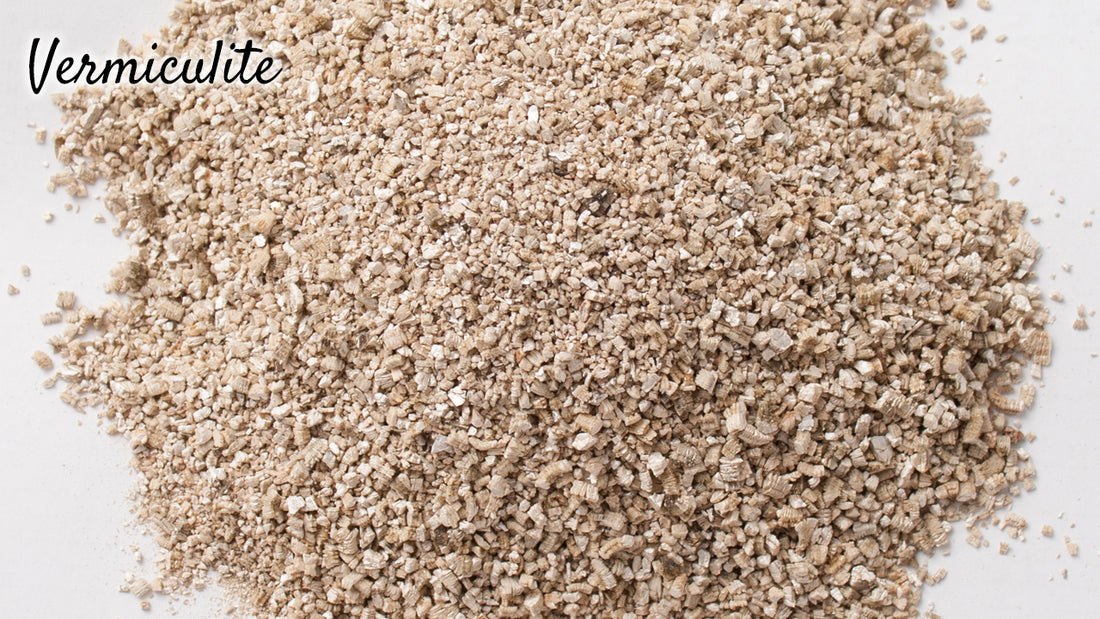
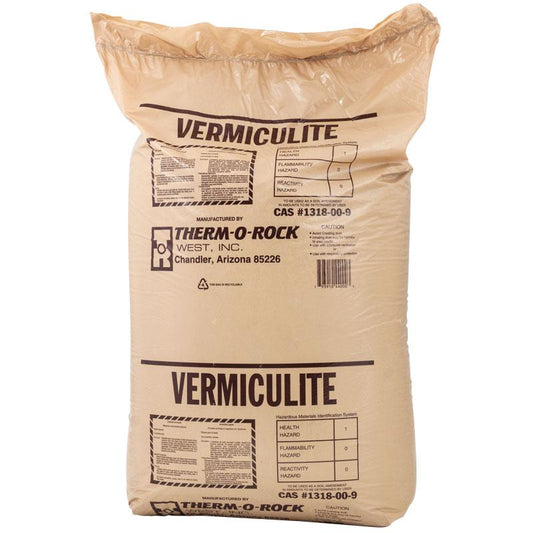
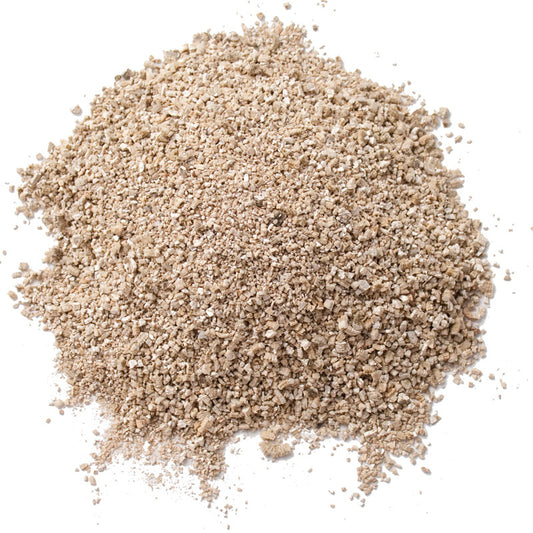
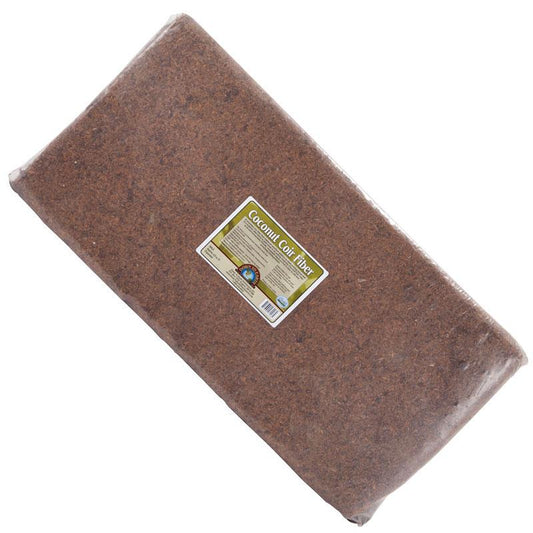
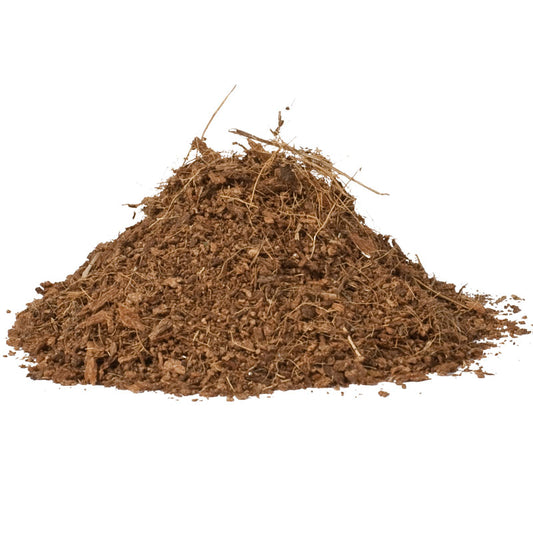
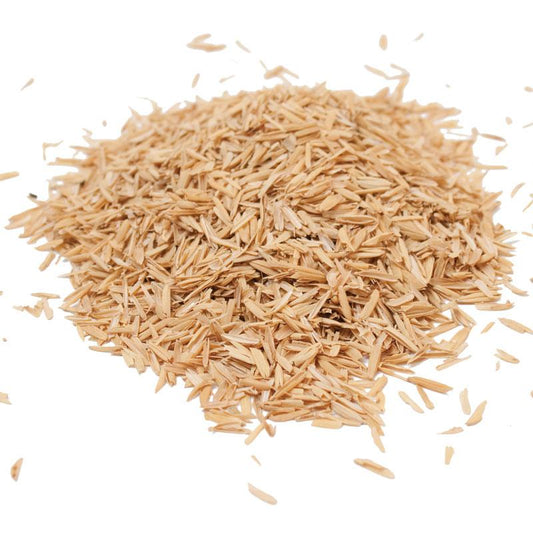
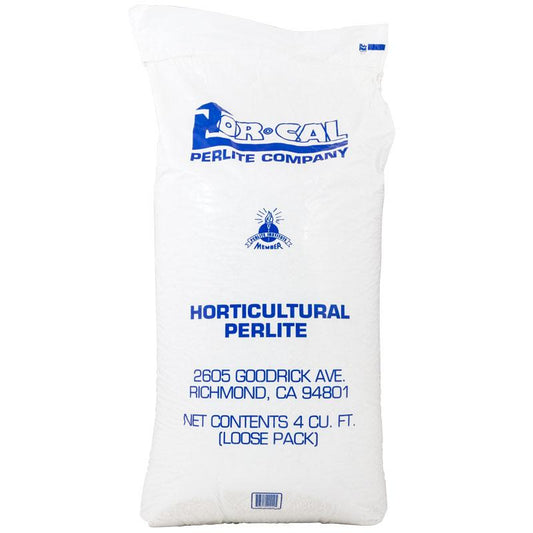
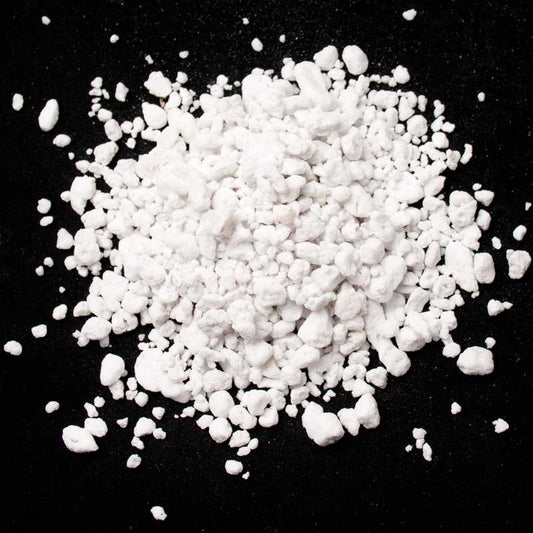
2 comments
So, did you check the pH of the soil, peat moss can cause a decrease in your pH. You can add soil inoculants to boost your soil biology or add good compost or fertilizers with microbes. If the soil is really compact I would work in some compost, it will help with compaction and increase your soil biology. Another thing is to not walk in the areas that you are planting, keep defined paths and only walk on those to avoid compaction.
Greetings. I recently began gardening (mostly veggies) in a community garden plot. A long, cold and wet spring prevented us from planting until fairly recently. During those cold/wet weeks in mid-late spring we added a couple inches of topsoil (scott’s premium sphagnum peat moss) and tilled it into the existing soil. Since then – In the past few weeks, we’ve planted numerous veggies and flowers. The weather over the past few weeks is great – not too hot, cold, dry or wet. The plants are living, but they’re definitely not thriving (at least not as well as some plants we’ve potted). It seems that the soil has become compacted – and when I dig into it I’m not seeing a lot of critter activity (no worms for instance). Given that all our veggies have been planted for 2-3 weeks, would it help/hurt to try to condition the soil – perhaps by amending the soil surrounding the plants with vermiculite, or by aerating the surrounding soil with spike shoes or even plugs? Thanks for your thoughts. Appreciate this article and wish I’d read it a couple months ago!